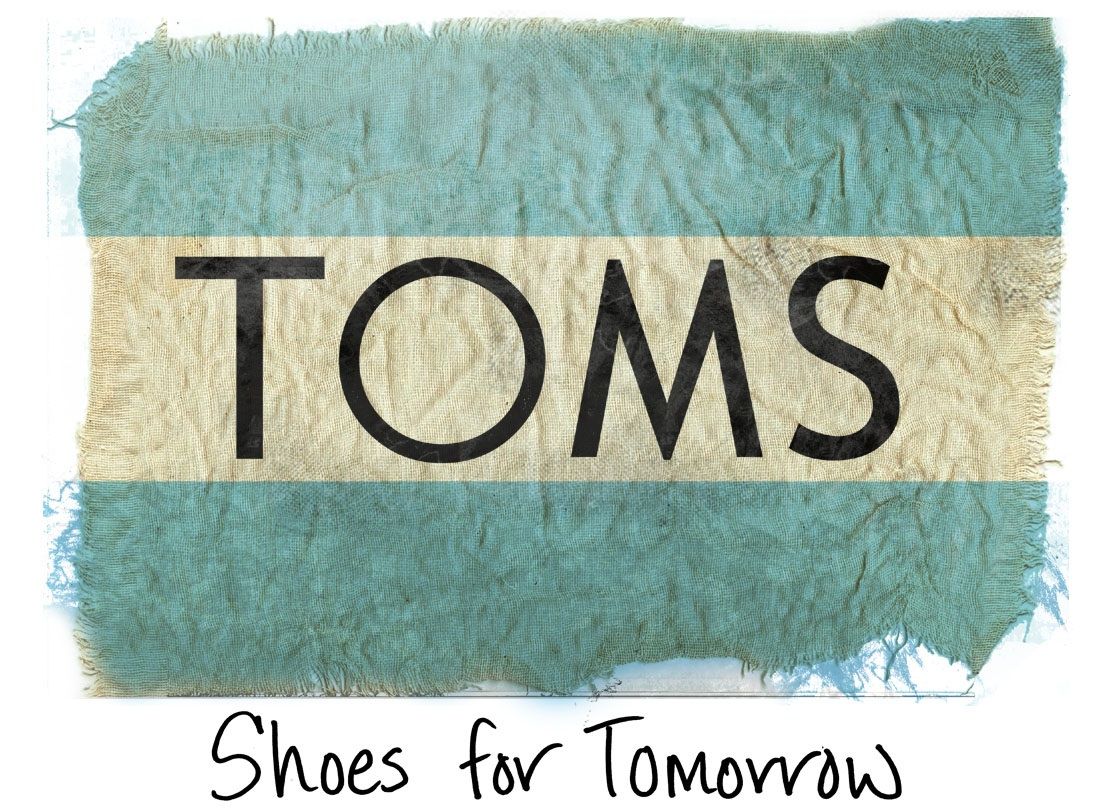The article is written by Darren Foley, Managing Director at Pearlfisher, London
December. Presents are lit up in every shop window, emblazoned across every advert and in the front of everyone’s mind. Every magazine and editorial page recommends the best Christmas gifts. Over recent years, we have seen the rise of the alternative ‘charity gift’ and, as Present Aid states, «it’s the gift that keeps giving». However, more recently, an extended range of brands have also woken up to an altruistic approach, challenging the traditional charity giving language and aesthetic.
The way we spend our money is a reflection of who we are and what we care about. With a shift from mindless splurging to thoughtful spending, our choices bring the opportunity to engage and empower globally. In November, Margherita Maccapani Missoni’s capsule fashion line showcased at a glittering New York launch, with proceeds supporting children in Ghana through the Orphan Aid Appeal.
Alongside this, Graham & Green have commissioned a collection of sixteen artists, including Lulu Guinness, Manolo Blahnik and Barbara Hulanicki, to design stags heads that will be auctioned for the homeless charity, Centrepoint. Luxury lines have undergone a big shift, understanding the value of altruism: they combine beautiful individual pieces with the dimension of social responsibility, removing consumer guilt and building valuable brand equity in virtue and desirability.

Photo: Green and Graham’s STAG SIXTEEN initiative
Similarly, Links of London has collaborated with Feed to create a collection of friendship bracelets whose proceeds will go towards global humanitarian work.
Book company, Better World Books, donates a book for every book they sell, and Toms, will donate a pair of shoes to children in need with every purchase. So, as you can see, the list of ‘giving brands’ is growing. Brands are becoming more savvy to the consumer desire to give back and how to address it.
Photo: Better World Books
Photo: Tom’s shoes logo
This is therefore having an effect on traditional charity gifting. In direct contrast, charities have always marketed their presents as the alternative to the mainstream: gifts with a difference that make a difference. They are worthy and well-meaning, a response to the mad scramble of Christmas consumer spending and are safely settled in the ethical marketplace. Ever since UNICEF, Oxfam and Christian Aid launched initiatives to send goats, chickens and other livestock to developing nations, the popularity of these charity gifts has grown. We can pay for trees to be planted, a well to be sunk or a cow to be sent to Africa in place of giving a physical gift. However, the charity gift marketplace is now saturated and with the onset of brands that are also giving back, charity gifting needs to find a new path. These organisations need to think differently, translating and repositioning ethical charity away from the marginalised alternative into desired pieces with lasting meaning.
As consumers, our choices should enrich the individual and the community in meaningful and lasting ways. We all know that clean water, education and healthcare are fundamental basics and a human right. Charity brands need to reposition from a tone of look what I can give you to a message of this is what we can share and this should be special and unique, connecting us globally.
No longer does charity giving exist as a one-way dialogue, a worthy distribution from the West to the World. There should no longer be a sense of us and them, here and there, First World and Third. Our choices as consumers should allow us to engage with a global community and brands are becoming aware of this. The conversation and connection in charitable giving should be an active partnership. Charity organisations must shift from the well-meaning and earnest, to the wanted and the esteemed, taking this opportunity to find new ways to capture the imagination, engage the consumer and re-empower the entire concept of giving.
About the Author
Darren Foley, Managing Director at Pearlfisher, London, joined the company in 2002 as Realisation Director, inventing the concept of realisation and advocating a design process in which our technical and creative teams work in harmony from the beginning. He has worked in the design industry for close to 25 years, starting out as a junior production artist, and amassing an unparalleled depth of knowledge for the discipline.


